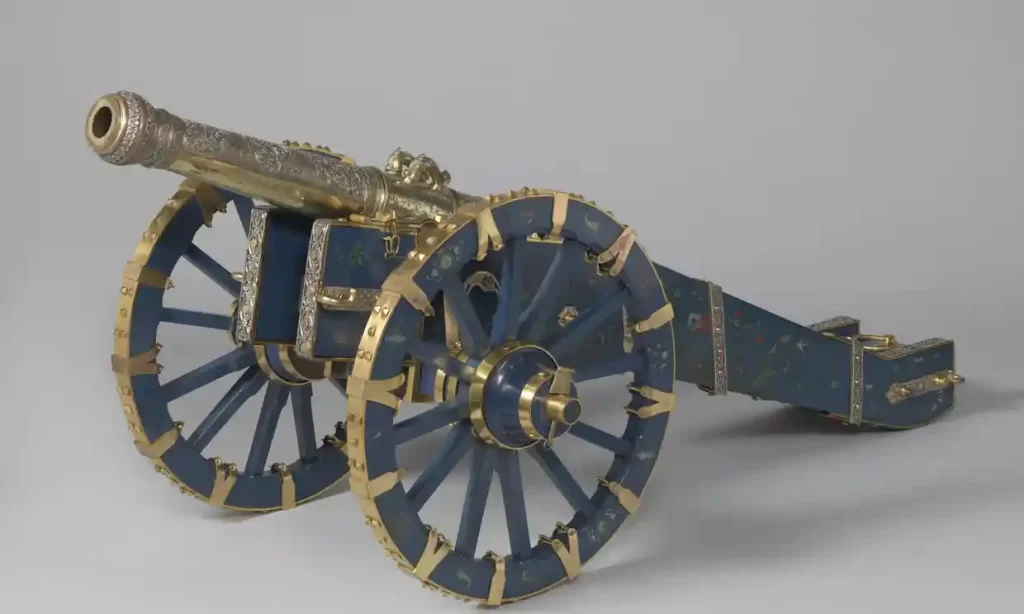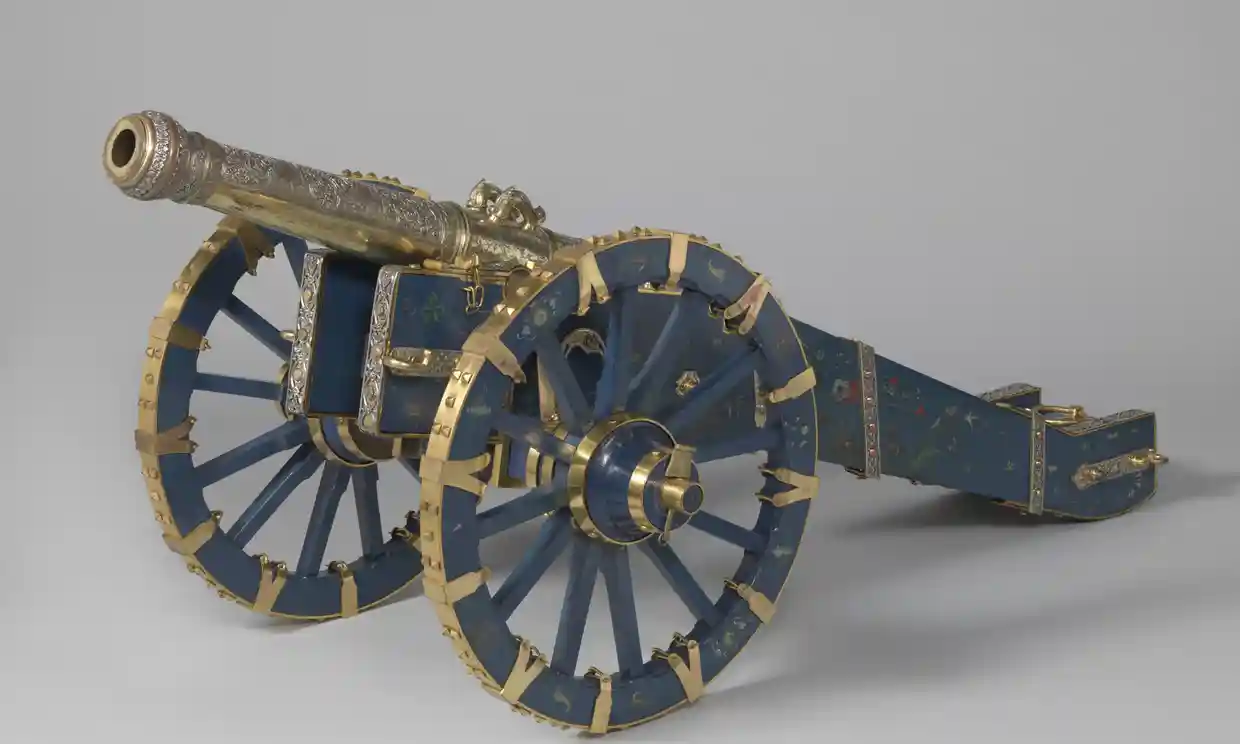
Two museums in the Netherlands have decided to repatriate 472 artifacts to Sri Lanka and Indonesia which the museums claim were taken under duress or by looters.
The objects entered the nation during the Dutch East India Company’s near-monopoly in the trade between Europe and what were once called the Spice Islands, as well as the following colonial period.
In total, the repatriations include the ‘Lombok treasure’, consisting of 335 objects from Lombok in the Lesser Sunda Islands of Indonesia, four statues from the Javan Hindu kingdom of Singasari, 132 objects of modern art from Bali, and from Sri Lanka—a cache of ceremonial weapons from the city-states of Kandy and others including a royal canon made of gold, silver, and rubies.
Dutch Secretary of State for Culture and Media Gunay Uslu announced the decision on Thursday after a 2020 report recommended that certain museum possessions be returned.
“This is a historic moment,” Uslu said in a press statement. “It’s the first time we’re following recommendations… to give back objects that should never have been brought to the Netherlands. But more than anything, it’s a moment to look to the future. We’re not only returning objects; we’re also embarking on a period of closer cooperation with Indonesia and Sri Lanka in areas like collection research, presentation, and exchanges between museums.”
The transfer of ownership to Indonesia took place at the National Museum of Ethnology in Leiden on July 10th. The one for Sri Lanka will take place later this year.
Repatriation of artifacts taken from around the world during the colonial periods has become a hotter and hotter issue as former colonies become richer and more stable, and objects like the Benin Bronzes or the Kor-i-noor diamond often find their way into news headlines.
MORE ARTIFACT REPATRIATION: German Museums Work Year-Round to Find Rightful Heirs to Hundreds of Stolen Jewish Silver Pieces
Historic opponents of such repatriation have pointed to instability in countries they might have returned collections to, while others argue that Europe’s museums will lose important pieces that will cause them to close down whole gallery wings, depriving Europeans of the opportunity to learn about other cultures.
But others are more optimistic that it will actually lead to a greater understanding of the artifacts by cooperating with the descendants of the cultures which created them.
MORE NEWS LIKE THIS: Surviving the Nazis and Fire, 2000-Year-old Caligula Mosaic Finally Returns to Museum
“I expect countries of provenance and museums here in Europe will have a discussion about which objects will go back, and not all of them will be,” Valika Smeulders, head of the Rijksmuseum’s department of history told Art News.
“But what we will gain, all of us, is more knowledge about these objects, how they came into our possession, their background, what stories are we able to tell. So in the end we’ll have an enrichment of what we do instead of empty galleries.”
SHARE The Rijksmuseum’s Good Deed On Social Media…




















